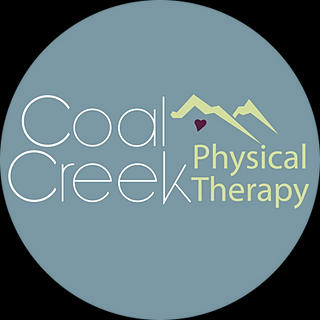Sit-Ups: The Quickest Way to Poor Abdominal Function
- Coal Creek PT
- Aug 24, 2017
- 2 min read
We have all seen them on TV: the rock-hard abs that everyone wants. So, what do we do to get them? Sit-ups and crunches. What if I were to tell you that, although those abdominals might look impressive, it is actually the worst abdominal exercise you could possibly do?

For starters, the abdominal muscle that is getting worked during a crunch is called our rectus abdominis (AKA the “6-pack muscle”). If you were to look at an anatomy book , you will see that the rectus abdominis runs from your sternum (breastbone) to your pubic bone. Technically, according to the anatomical orientation, that muscle does trunk flexion, as in a crunch. However, if you think about every day life, how often does that muscle truly perform trunk flexion? If you are standing and bend over at your waist, gravity is the one pulling you down primarily and it is actually your back muscles that control you as you descend down, not your rectus abdominis. Thinking about it another way, if you perform lots of crunches and get that muscle nice and strong, what do you think that will do to your posture? Look at the picture to the left. If your 6-pack muscle is too strong and dominates the other muscles, won’t it just pull you down into the posture on the far left? Now, this isn’t the only drawback of making this muscle too strong, but that is for a different post.

Our abdominal muscles are designed to work together and work to resist movement. We cannot forget about our internal and external obliques and, most importantly in my opinion, our transverse abdominis. The transverse abdominis is what I like to call nature’s back-belt. It is the deepest of all our abdominal muscles and provides the most stability if trained properly. This muscle is also the muscle that should fire first in anticipation of a movement.
We must not forget that EVERY muscle is important in our body. I am not here to bash the rectus abdominis by any means. If we did not have that muscle, we would not function as well. My point is that simply training one muscle in isolation is not proper training at all. Our muscles are designed to move together and work together, so shouldn’t we train them the way they are designed to work?
For more information on proper training for your abdominals, come in and visit us here!
We would love to work with you.
Happy Healing! James Caldwell PT, DPT









Comments